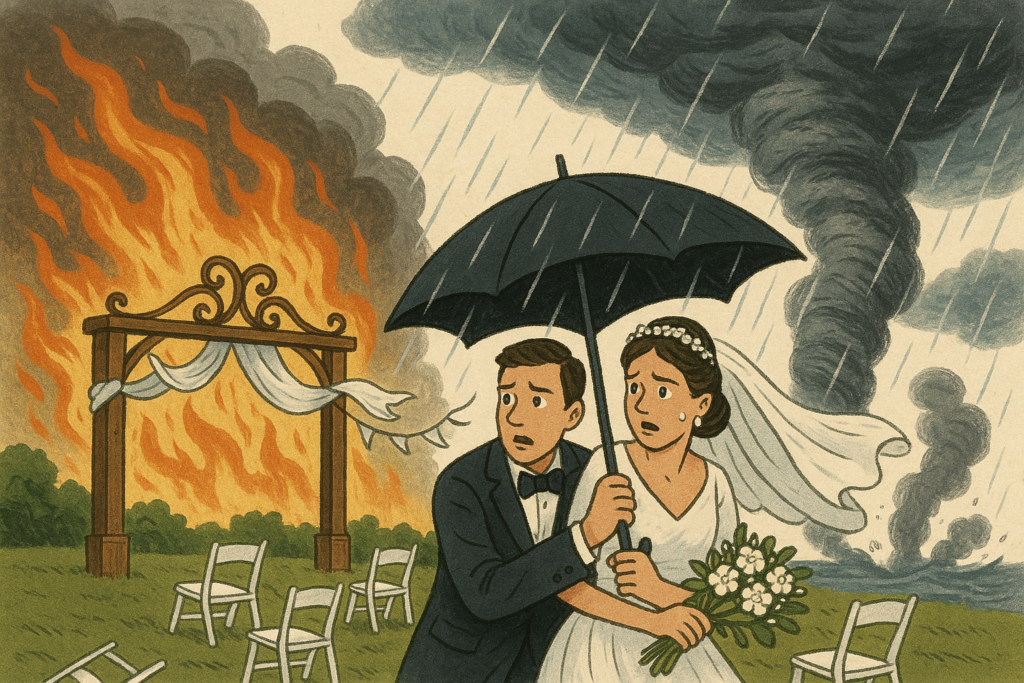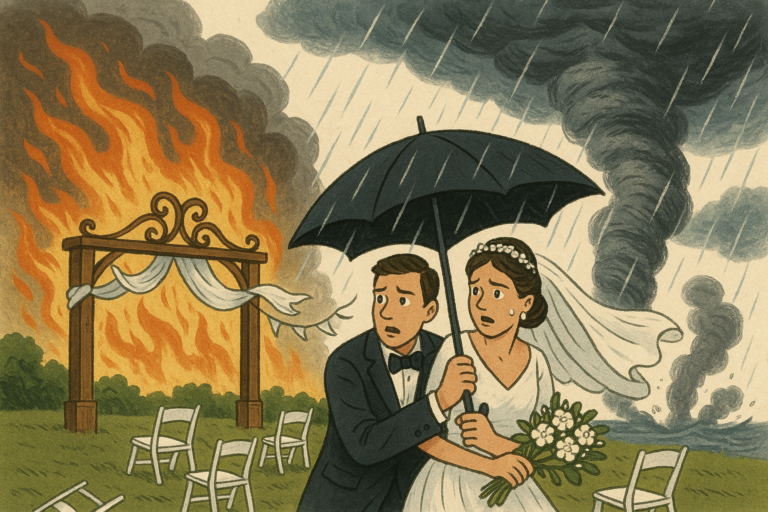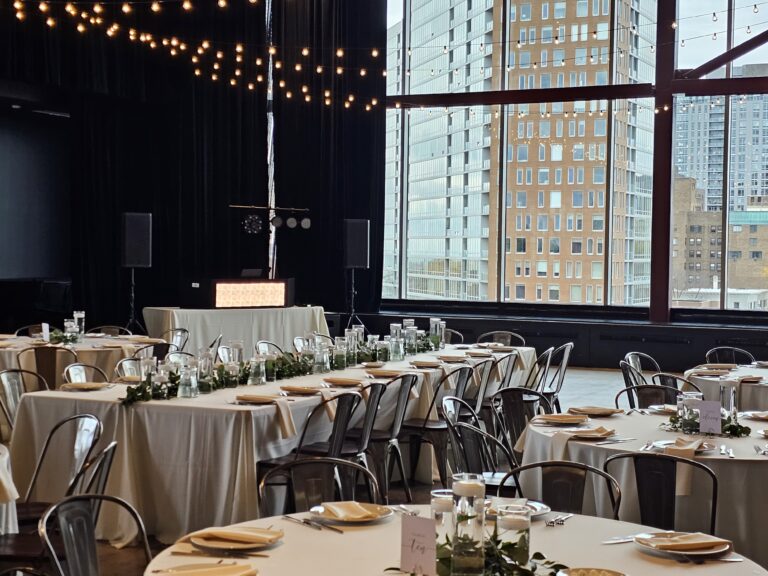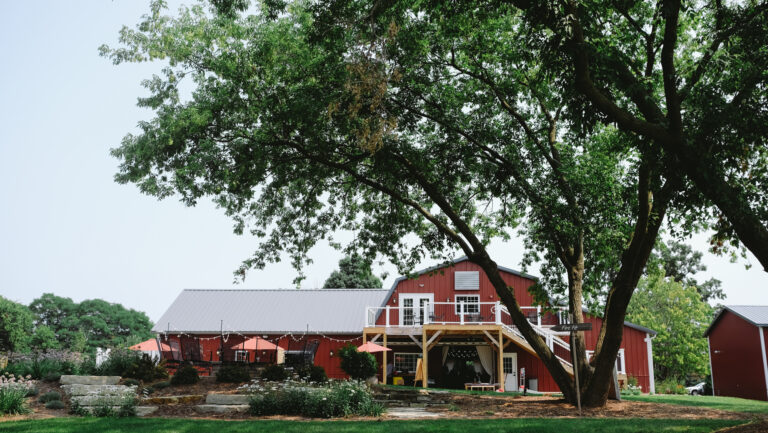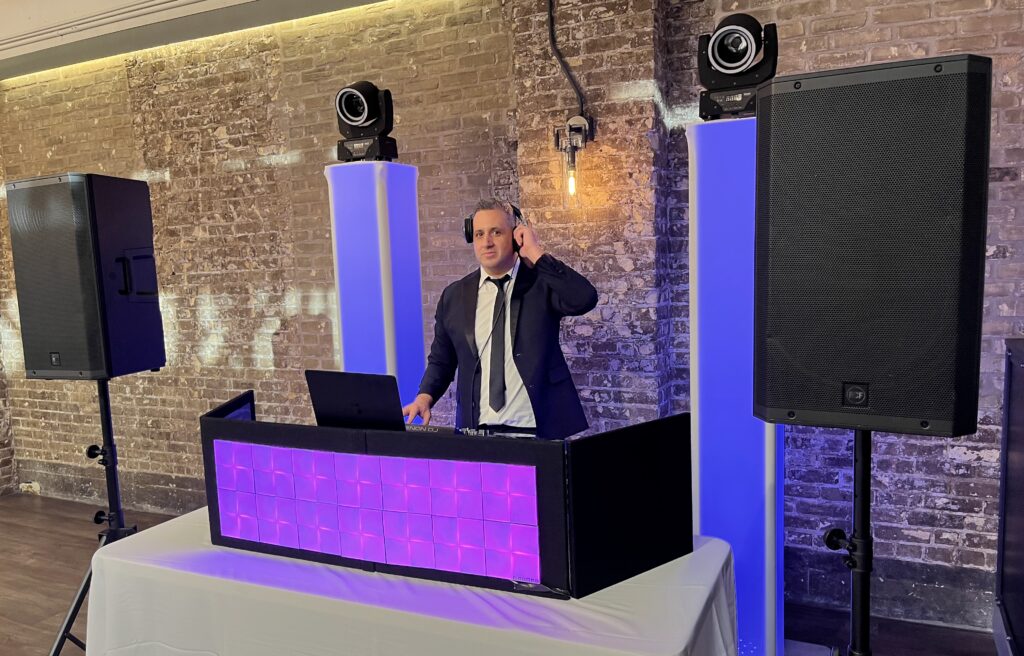You might be tempted to splurge on that picture-perfect summer wedding—envisioning a lush Wisconsin barn framed by rolling hills and greenery in full bloom. But before locking in your dream date, it’s worth taking a closer look at how unpredictable the Midwest’s weather has become.
This June alone brought dangerously poor air quality from Canadian wildfires and several days of record-breaking heat. Even a weekend with “perfect” conditions ended in chaos: the June 29th Morgan Wallen concert at Camp Randall in Madison, Wisconsin, was abruptly evacuated due to lightning, leaving tens of thousands scrambling. Just two weeks ago at a wedding I DJ’d, a groomsman literally passed out during the outdoor ceremony.
It’s time we have an honest conversation about what your venue—and the weather—won’t always tell you. Because while most venues have a “rain plan,” they don’t always prepare you for the full realities of Wisconsin weather—or the uncomfortable logistics of a crowded, under-cooled barn.
Given how many different weather scenarios can now strike suddenly, it’s worth digging deeper into just how flexible and resourceful your venue truly is—especially when it comes to the two trickiest conditions: rain and heat.
Rain is the more obvious surprise threat, and most venues will proudly walk you through their “rain plan.” But make sure you ask for specifics.
For example: how much guidance do they offer on days with uncertain or shifting forecasts? Will they coordinate with your other vendors—or at least seek their input—before making a call? It’s important to remember: your other vendors, especially those managing sound, lighting, or décor, need to be able to execute whatever the venue’s rain plan ends up being.
At one wedding I recently DJ’d, the couple planned to host dinner in a beautiful Italian-style courtyard. They even hired a company to suspend a constellation of giant disco balls above the space. It looked incredible—until rain appeared in the forecast and they had to take the installation down. But why wait until the disco balls were already installed to make that decision? On top of that, the vendor’s disco balls were too heavy to suspend from the indoor venue’s ceiling, so the entire investment was wasted.
Here’s the issue from the DJ’s perspective: the courtyard was detached from the main building and had no overhead cover. The venue offered no clear plan for protecting vendor equipment. If I had refused to set up outside due to the light rain, the only fallback would’ve been to place the speakers comically far from the altar—hardly ideal for anyone.
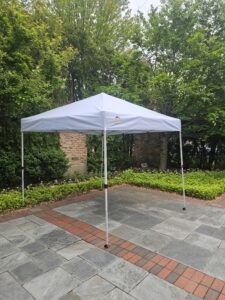
Fortunately, we bring a pop-up tent with us to every gig, just in case. But not every vendor does—and not every venue anticipates those kinds of gaps. So be sure to ask each of your vendors how they’ve handled unpredictable weather in the past. Their answers can tell you a lot about how adaptable your team will be under pressure.
As for heat, it’s another factor couples often overlook—until it’s too late. If you’re set on a summer barn wedding, strongly consider paying extra for a venue that offers industrial-sized cooling units or well-engineered ventilation. That rustic charm can quickly turn into a sweatbox without them. And if you’re truly in love with the barn aesthetic but want to avoid peak heat, consider an early fall date—October often delivers the same cozy vibes, without the blazing temps.
That doesn’t mean you shouldn’t book that gorgeous barn or dream courtyard. It just means you should go in with your eyes wide open—and ask the right questions. Your vendors will thank you, your guests will be more comfortable, and your celebration will be far more resilient.
Have you attended or planned a wedding where weather totally changed the game? What did you learn—or wish you had known earlier?Drop your story in the comments or share this post with someone deep in wedding planning mode. Let’s make sure beautiful doesn’t come at the cost of miserable.
